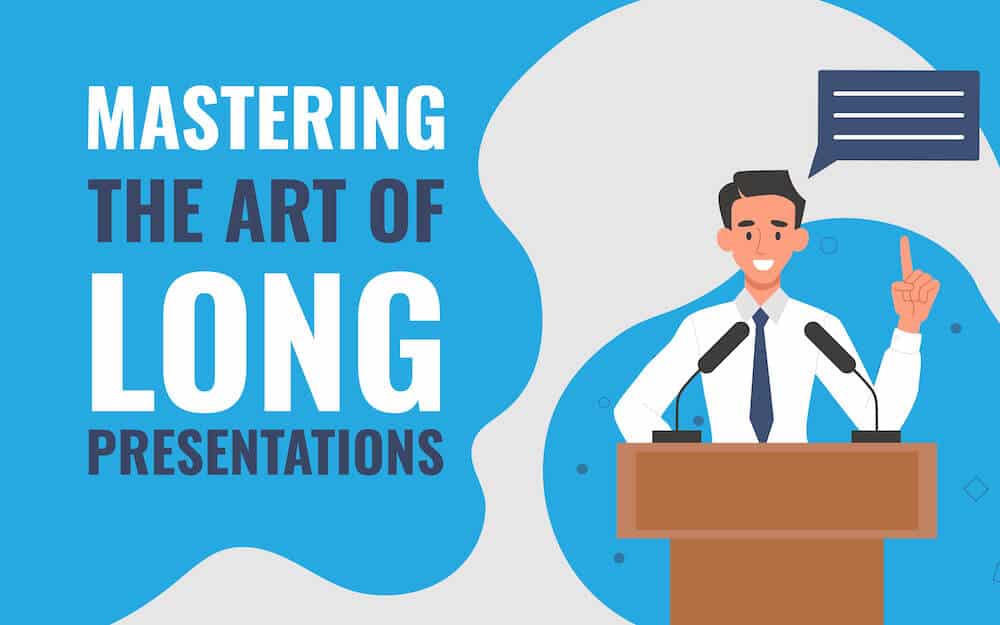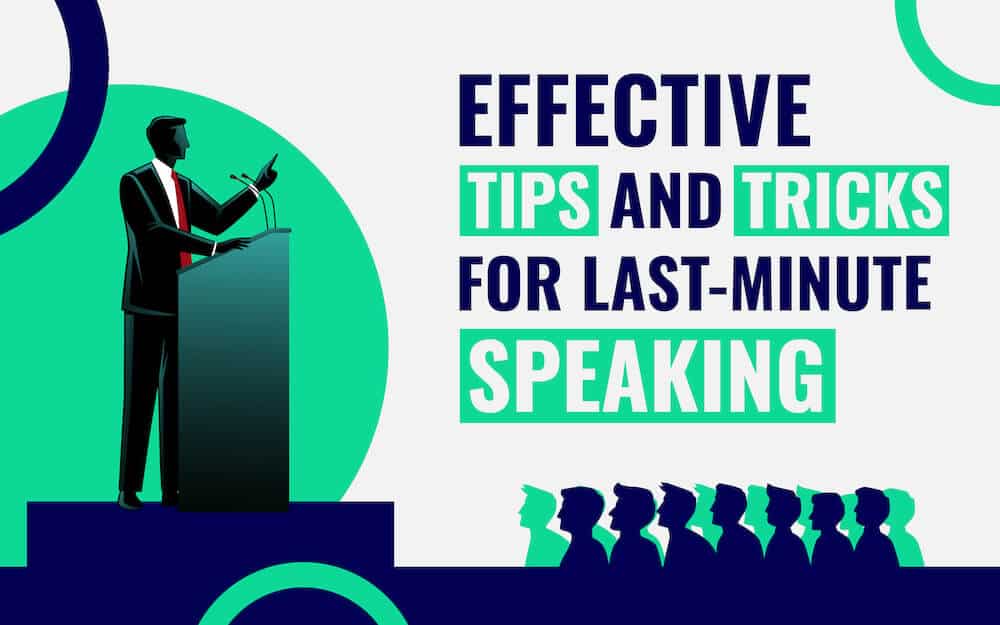
There are two kinds of jargon that threaten to cloud every presentation you make.
The first is the jargon that prevails in every business.
Whether you are an accountant, a computer programmer, or a short order cook, there are short-cuts you take in the English language that allow you to communicate rapidly with your colleagues.
The trouble with jargon is, only you and the people in your industry understand it. It is almost like a language within a language.
For example, imagine that you are at your physician’s office because your face hurts. You want to know if they can help you, and if so, what you have to pay and what your insurance will cover.
The doctor examines you and says:
“As you know we encourage individualized care plans enabling the handling of specific issues. On the health care continuum, we recommend you advance to a PT specializing in TMJ. Your first two sessions will be deductible and after that you handle the co-pay.”
They pass you a referral and you are left walking out to the parking lot wondering why your head now hurts along with your face.
But what if they had simply said:
“Your face hurts all the time because the joint that allows your mouth to open and close isn’t working right. A physical therapist can fix that, so I’m referring you to one. Our office checked with your insurance company. You’ll have to pay the first two sessions in full, (about $100 each time) and after that, just 10 percent of each session which will be about $10. Is that okay with you?”
When the jargon is removed, you suddenly understand what’s going on.
When you include the jargon of your industry in your presentation, you are in essence speaking a language that some of your audience will not understand.
That is rude. It is also ineffective. It is like a high brick wall separating you and your important message from your audience.
The second kind of jargon that stands between you and powerful clarity in your remarks is the use of buzzwords.
Just as skirt hems go up and down and lapels go from wide to narrow, there are words in every language that are trendy one year and passé the next. If you use those words in the wrong season, or in the wrong context, your presentation style will fall into babble and you will look hopelessly out of date.
If you want to see how befuddled you can sound when you overuse buzzword jargon, view the video “The Worst Speech in the World.”
When crafting your presentation, remember that jargon doesn’t make you look like you are intimate with your subject matter. Instead, it sends a signal that you are lazy, that you cannot find words that everyone will understand. It is a cue for your audience to zone out.
It also creates an atmosphere of mistrust.
How audiences respond to jargon was scientifically tested in 2014 in a project by researchers Jochim Hansen of New York University and Michaela Wanke of University of Basel, Switzerland.
Their work, published in the peer-reviewed Personality and Social Psychology Bulletin, showed that in four experiments using statements containing precisely the same content, the researchers discovered that audiences deemed the words “more probably true” if they were delivered in concrete language as opposed to when they were delivered in jargon-filled language.
When you speak in simple, straight-forward language, your words will resonate with your audience and will be easier to remember and easier to pass on to others. If your presentation ends up on the Internet, it also makes it easier to be found since Google’s Search Engine Optimization is built on combinations of words people normally use when they speak, not on jargon.
Rooting out jargon from your presentations takes skill to find replacement terms in straight and simple language, and awareness of terms that have worked their way so deeply into your world that you assume everyone uses them.
For example, if you think there are no options for a person well-immersed in the world of technology not to fall into using some technical terms, take a look at the 2005 Stanford graduation address from the late Steve Jobs.
His style is striking, simple and direct. He was Mr. Technology personified, but when he stepped to the podium, he put his industry jargon behind him and told a new generation of graduates just what they needed to do to survive in the future.
What steps can you take now to train yourself to weed out jargon from your presentations?
You will be less inclined to fall into this bad habit on stage if you start now to eliminate jargon from your daily conversation. You may still need to include short-cuts within your industry. For example, if you are a police officer, when you radio back to headquarters it may be necessary to use codes or numbers to identify the situation you are reporting.
But in your day-to-day conversations with colleagues, think about other ways to explain things.
Here are some useful tips to take jargon out of your presentations:
- When you write your remarks, ask someone unrelated to your business to read it over and underline any term that they do not clearly understand.
- If you must speak often about complicated subjects, develop your own dictionary to explain technical terms in simple language.
- Write out every acronym. Never use acronyms in your written or oral presentations.
- Write your presentation from the beginning by thinking about the end. What is the simple and clear message you want your audience to take away? Does everything you say lead them to that?
- Be harsh with yourself. Are you using jargon simply because it is too much effort to make up real words that express the same thing?
- Visualize a member of your audience as someone you know and respect, but who does not fully understand your industry. Put a name and face to them. How would you explain things to them?
- Readjust your thinking about industry jargon. Peppering your presentation with industry buzzwords doesn’t make you sound like you know more; it casts shadows over the clarity of your message.
- Select as many words as possible in your presentation that are not open to interpretation. As an example, the word carrot is not open to interpretation. It is a root vegetable, no more, no less. A donkey is a donkey, just a mammal and nothing else. But buzzwords like sustainability, interventions and protocols are all open to the audience’s personal understanding of what they could mean. Those words do not give you the same level of clarity.
- Use examples described in simple language to illustrate key technical terms. When you have to break down a concept into words that you neighbor next door would grasp, your audience will understand as well.
Remember at all times that when you make a presentation, the goal surpassing all goals, is simply to be understood. Reread your presentation and make sure it achieves its purpose.




An excellent article with great suggestions. Two observations:
First, in my experience as a presentations coach, both types of jargon are used not so much because speakers set out to impress an audience, but because they are simply “too close” to their subject matter. Often, a speaker is totally unaware of how lost listeners may be.
Second, especially when working with speakers from technical fields, I find there is fear or resistance that simplicity will be perceived as “dumbing down” content and insulting, especially when speaking to senior management. I once heard the suggestion that an acid test for every word in a presentation should be, “would your grandmother understand this”? With no intent to criticize our wise elders, that may be a good tip!
Thanks for your comment @Rhonda; Habit and familiarity are always motivators for actions, of course. However, most people craft presentations as conscious actions, wanting to do their best, and that is why they are not listed as key motivators. And love the tip! Assuming of course that Grandma was not given to speaking only in complicated terms!